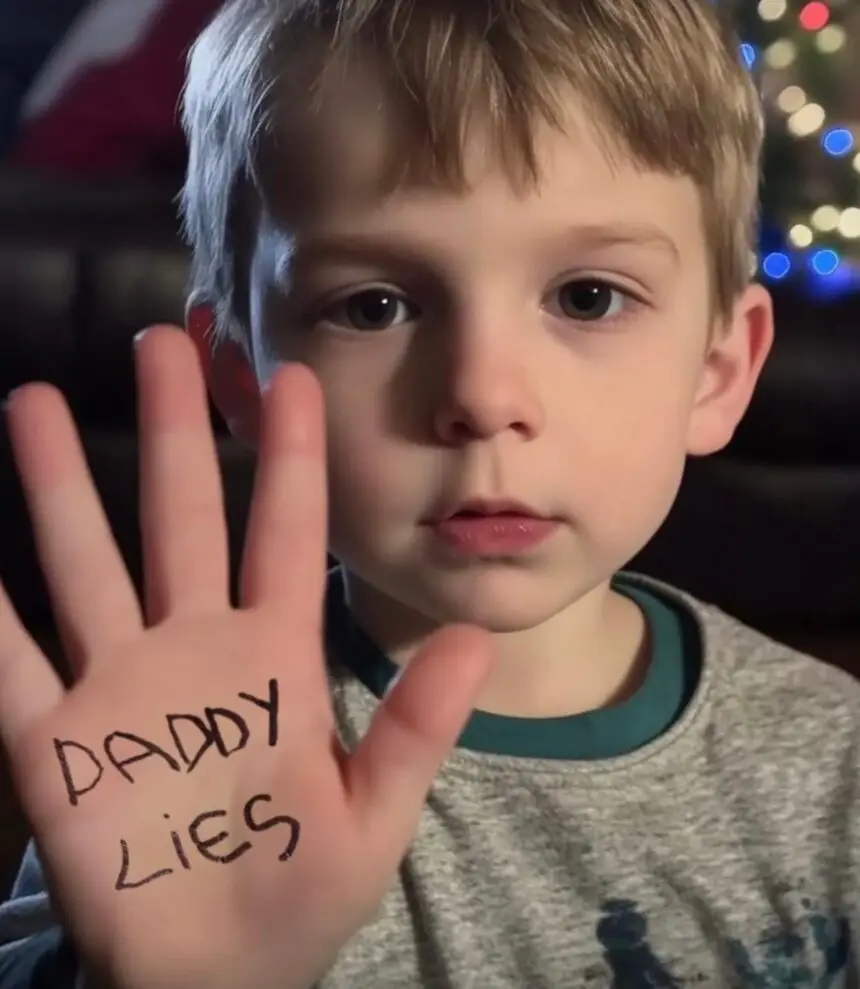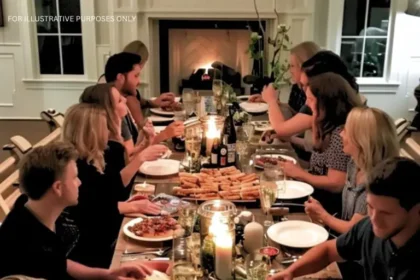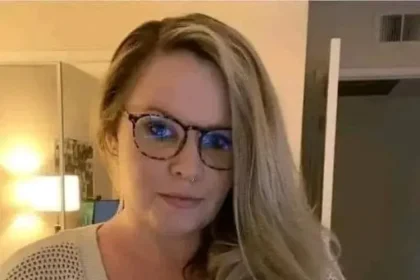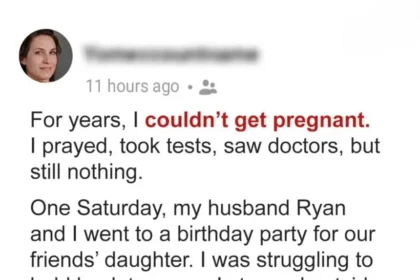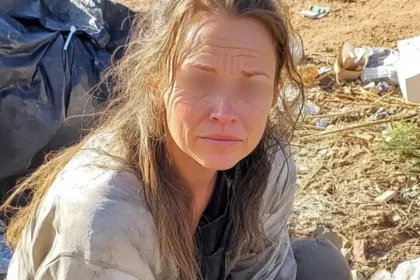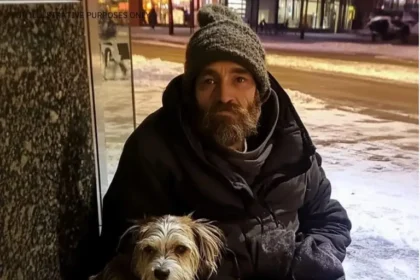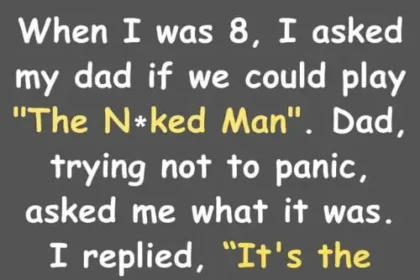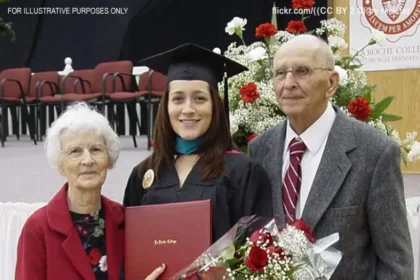James had always been our protector, the one who checked for monsters under Oliver’s bed and kept spare batteries for every flashlight in case of storms. Of course, he’d try to shield us from this too.
Oliver started drawing more than ever.
He filled pages with pictures of our family — always together, always holding hands.
Sometimes he drew James in a hospital bed, but he always drew him smiling, surrounded by love hearts and rainbows. His art teacher told us it was his way of processing everything, of telling the story he couldn’t voice.
One day, I found James sitting in Oliver’s room, surrounded by these drawings. His eyes were red-rimmed, but he was smiling.
“Remember when we first found out about his condition?” he asked.
“How terrified we were that he’d never be able to express himself?”
I sat down beside him, picking up a particularly colorful drawing. “And now he’s teaching us how to communicate better.”
“I was so wrong, Rachel. About all of it.
I thought being strong meant handling everything alone, but look at him.” James gestured to a drawing where Oliver had depicted our family as superheroes. “He knows that real strength is letting people in, letting them help.”
That night, as we watched Oliver arrange his latest masterpiece on the refrigerator, James squeezed my hand.
“I was so scared of ruining what time we had left,” he whispered. “I didn’t realize that hiding the truth was already doing that.”
I leaned my head against his shoulder, watching our silent, wise little boy.
“Sometimes the hardest things to say are the ones that need saying the most.”
Oliver turned to us then, holding up both palms. On one, he’d written “Family.” On the other: “Forever.”
And in that moment, despite everything, I believed him.





